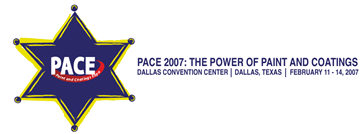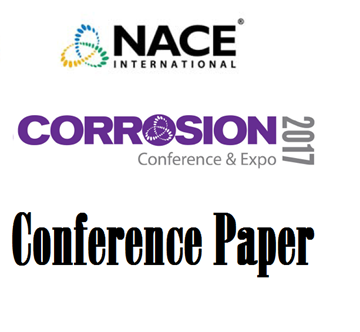Search
Individual Conference Papers
View as
Sort by
Display
per page
Surface Precipitation And Growth Kinetics Of Calcium Carbonate (Caco3) Scale Using A Novel Capillary Flow Rig
Product Number:
51321-16560-SG
Publication Date:
2021
$20.00
Surface Preparation: Advances in Chemical Coating Removal
Product Number:
41207-341-SG
Publication Date:
2007
$20.00
Surface Roughness Profile and its effect on Coating Adhesion and Corrosion Protection
Product Number:
51220-238-SG
Publication Date:
2020
$20.00
Surface Soluble Salts Impact on Protective Coating Performance
Product Number:
51220-277-SG
Publication Date:
2020
$20.00
Surface Tolerant Epoxy Coating Application on Marine Surfaces in High Humidity and Wet Environments
Product Number:
41206-220-SG
Publication Date:
2006
$20.00
Surface treated metallic bipolar plates as an alternative to platinized titanium
Product Number:
51323-19247-SG
Publication Date:
2023
$20.00
Surface Treatment to Improve Corrosion Resistance of Pure Titanium
Product Number:
51317--9358-SG
ISBN:
9358 2017 CP
Publication Date:
2017
$20.00
Surface Treatment To Mitigate Exfoliation Corrosion Of 5XXX Series Aluminum Alloys
Product Number:
51321-16865-SG
Publication Date:
2021
$20.00
Surface/Environment Interactions of CoCrMo
Product Number:
51319-13232-SG
Publication Date:
2019
$20.00
Surface-Tolerant Elastomeric Waterborne Acrylic Coatings for the Protection of Steel
Product Number:
41205-154-SG
Publication Date:
2005
$20.00
Surfactant Corrosion Inhibitor Adsorption and Desorption Kinetics in Aqueous CO2-Containing Environments
Product Number:
51324-20915-SG
Publication Date:
2024
$40.00
Survey on Crude Unit Overhead Corrosion Control Practices
Product Number:
51319-13109-SG
Publication Date:
2019
$20.00












